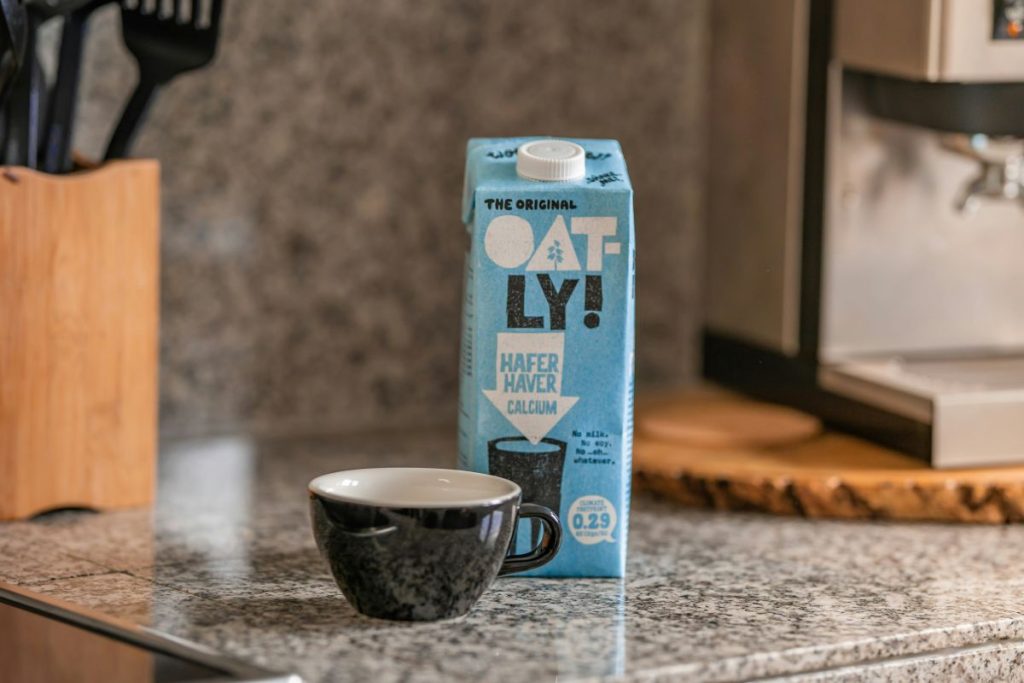Oatly, the oat milk pioneer, has made significant structural adjustments to its supply chain, demonstrating how businesses can balance cost efficiency, market responsiveness, and sustainability. The company’s recent moves—including a 70% SKU reduction in Asia, a shift to hybrid manufacturing partnerships, and halting factory expansions—serve as a case study in how strategic supply chain decisions can drive both financial recovery and long-term resilience.
Why Reducing Complexity Matters
In recent years, many companies have focused on expansion, diversifying product lines and scaling production capacity. However, complexity comes at a cost. Oatly’s decision to consolidate operations rather than expand was a strategic reversal, but one that aligns with a broader trend. Successful companies are increasingly prioritizing simplification and agility over unchecked growth.
One of the most immediate results of this shift has been a 30% reduction in costs per liter since early 2023, achieved by streamlining production in Ma’anshan, China, and focusing on a fewer, more profitable SKUs. At the same time, Oatly’s decision to sell two production facilities to Ya Ya Foods and enter into co-packing agreements has helped lower costs while maintaining output. This transition to an asset-light model is a significant shift from traditional in-house production strategies, signaling a broader evolution in how companies think about scalability.
The Shift Toward an Asset-Light Future
Oatly’s supply chain transformation reflects a wider movement among consumer goods companies. Moving away from a capital-intensive manufacturing model allows businesses to scale more efficiently without the financial strain of building and maintaining large facilities. The company’s recent closure of its Singapore production facility is another example of this shift, shedding underperforming assets to enhance financial flexibility.
Many companies, particularly in food and beverage, have historically pursued vertical integration, believing full control of production ensures quality and cost efficiency. However, as inflation, supply chain disruptions, and shifting consumer preferences challenge legacy business models, there is a growing recognition that external partnerships can offer flexibility without compromising brand integrity.
Lessons for Business Leaders
Oatly’s recalibration offers valuable insights for business leaders navigating volatile markets. Instead of focusing on expansion, companies should assess whether all aspects of their product portfolio contribute to long-term profitability. Oatly’s strategy shows the benefits of cutting back in order to strengthen core operations. Many businesses, particularly in consumer goods, face the dilemma of maintaining in-house production versus outsourcing. By leveraging co-manufacturing and hybrid supply chain models, companies can reduce financial exposure while maintaining strategic control. This approach allows businesses to scale without excessive capital expenditure, providing greater flexibility in responding to market shifts.
Adaptability is increasingly defining business resilience. What worked five years ago may not be the right approach today. Oatly’s ability to pivot its supply chain strategy based on market conditions demonstrates the importance of re-evaluating operations regularly and making changes when necessary. Companies that remain rigid in their supply chain structures risk inefficiencies, while those that adjust proactively are more likely to maintain stability and profitability.
A Shift in Business Thinking
Oatly’s decisions align with a broader trend in business, where efficiency is no longer just about cutting costs but about adaptability. Companies that continue with legacy models simply because they have worked in the past risk becoming inflexible in the face of change.
As Michael Zimmerman, a partner at A.T. Kearney, recently observed, “Companies will have a new focus on resilience. That means having more options. Multishoring and higher inventories are two likely outcomes.” This shift towards more flexible supply chain strategies mirrors Oatly’s recent actions, showing that businesses must build adaptability into their operations to thrive in an uncertain global market.
For companies looking to remain competitive in dynamic markets, the most successful will be those that embrace strategic simplification, leverage partnerships intelligently, and remain adaptable to industry shifts.




